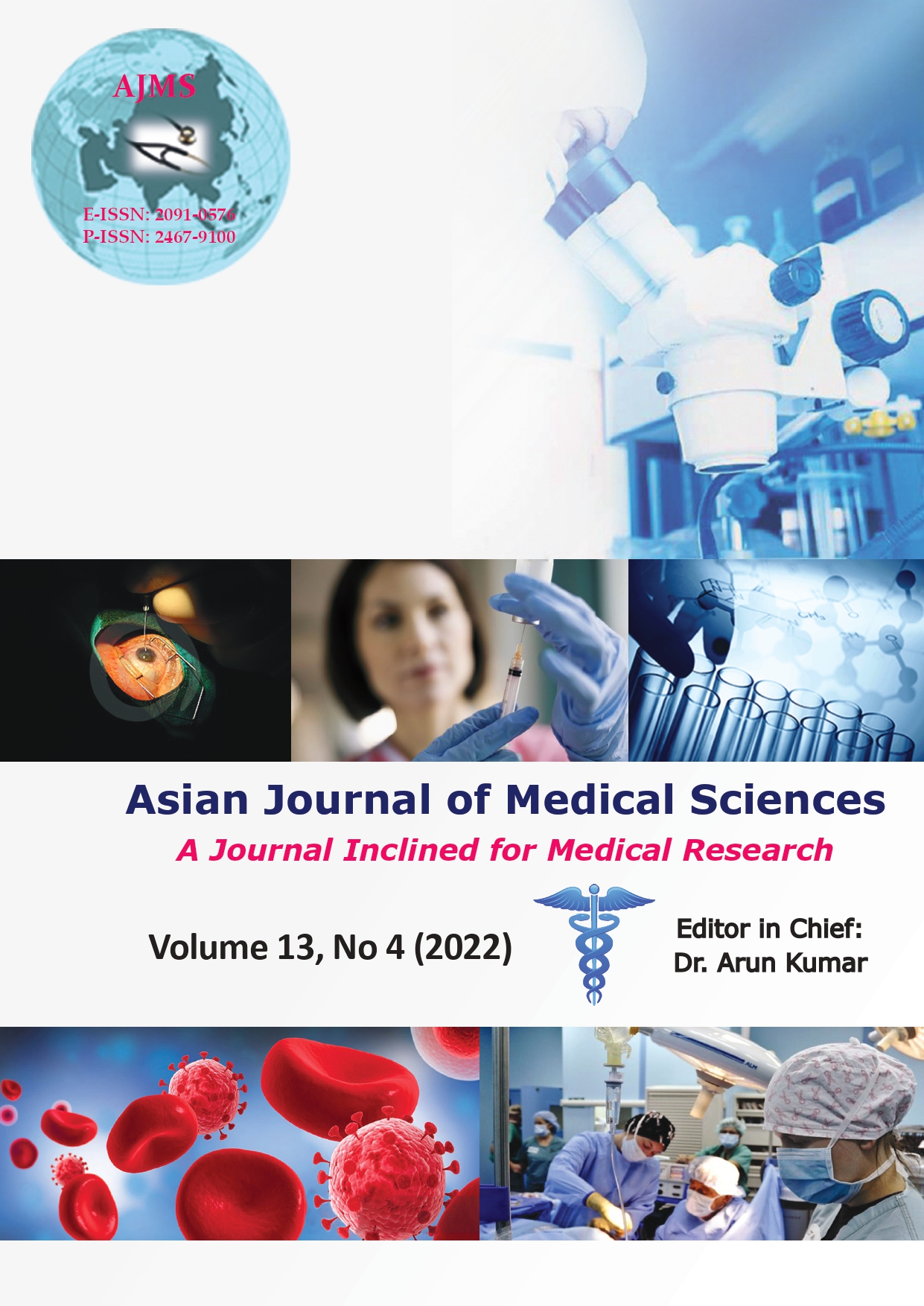Prevalence and outcome of hysterectomy in a peripheral medical college – A data-based retrospective study
Keywords:
Adenomyosis, Hysterectomy, Leiomyoma, Pelvic organ prolapseAbstract
Aims and Objectives: The study aimed evaluation of prevalence, demographic features, clinical presentation, indication, intra-operative findings, different types of operation, and histopathological diagnosis of patients who underwent hysterectomy in our center.
Materials and Methods: This retrospective study done over 3 years from May 2017 to April 2020 in Department of Obstetrics and Gynecology of Rampurhat Government Medical College, West Bengal India. Case record and data of each patient were obtained from medical record section of the hospital and analyzed after taking permission of concerned authority. Inclusion criteria: Those underwent hysterectomy for gynecological indications during our study periods.
Results: During the study period, total 6014 obstetrical and gynecological surgery performed; out of them, 424 cases of hysterectomies were studied, maximum patients (64.85 %) underwent hysterectomy at the age group of 41–50 years. Menorrhagia was the most common (61.32%) presenting complains. Leiomyoma was the most common (27.12%) indication followed by abnormal uterine bleeding (22.17%) and pelvic organ prolapses (11.57%). Maximum (79.25%) with abdominal route and 20.75% cases through vaginal approach. Total abdominal hysterectomy with bilateral salpingo-ophorecctomy 270 cases (63.69%), vaginal hysterectomy with pelvic floor repair 60 (14.15%), total abdominal hysterectomy without oophorectomy 50 (11.79%), and radical hysterectomy 16(3.77%).
Dominant histopathological type was leiomyoma (22.88%). Among various post-operative complications, urinary tract infection was the most common (9.19%), the most of the postoperative complication was found in abdominal hysterectomy.
Conclusion: For treating pelvic pathologies such as uterine bleeding, adenomyosis, fibroid, pelvic inflammatory disease, malignant disorder, and genital prolapse hysterectomy is preferred procedure and abdominal route was most common. Complication of vaginal hysterectomy is less than abdominal approach. Vaginal approach should be preferable approach.
Downloads
Downloads
Published
How to Cite
Issue
Section
License
Copyright (c) 2022 Asian Journal of Medical Sciences

This work is licensed under a Creative Commons Attribution-NonCommercial 4.0 International License.
Authors who publish with this journal agree to the following terms:
- The journal holds copyright and publishes the work under a Creative Commons CC-BY-NC license that permits use, distribution and reprduction in any medium, provided the original work is properly cited and is not used for commercial purposes. The journal should be recognised as the original publisher of this work.
- Authors are able to enter into separate, additional contractual arrangements for the non-exclusive distribution of the journal's published version of the work (e.g., post it to an institutional repository or publish it in a book), with an acknowledgement of its initial publication in this journal.
- Authors are permitted and encouraged to post their work online (e.g., in institutional repositories or on their website) prior to and during the submission process, as it can lead to productive exchanges, as well as earlier and greater citation of published work (See The Effect of Open Access).




